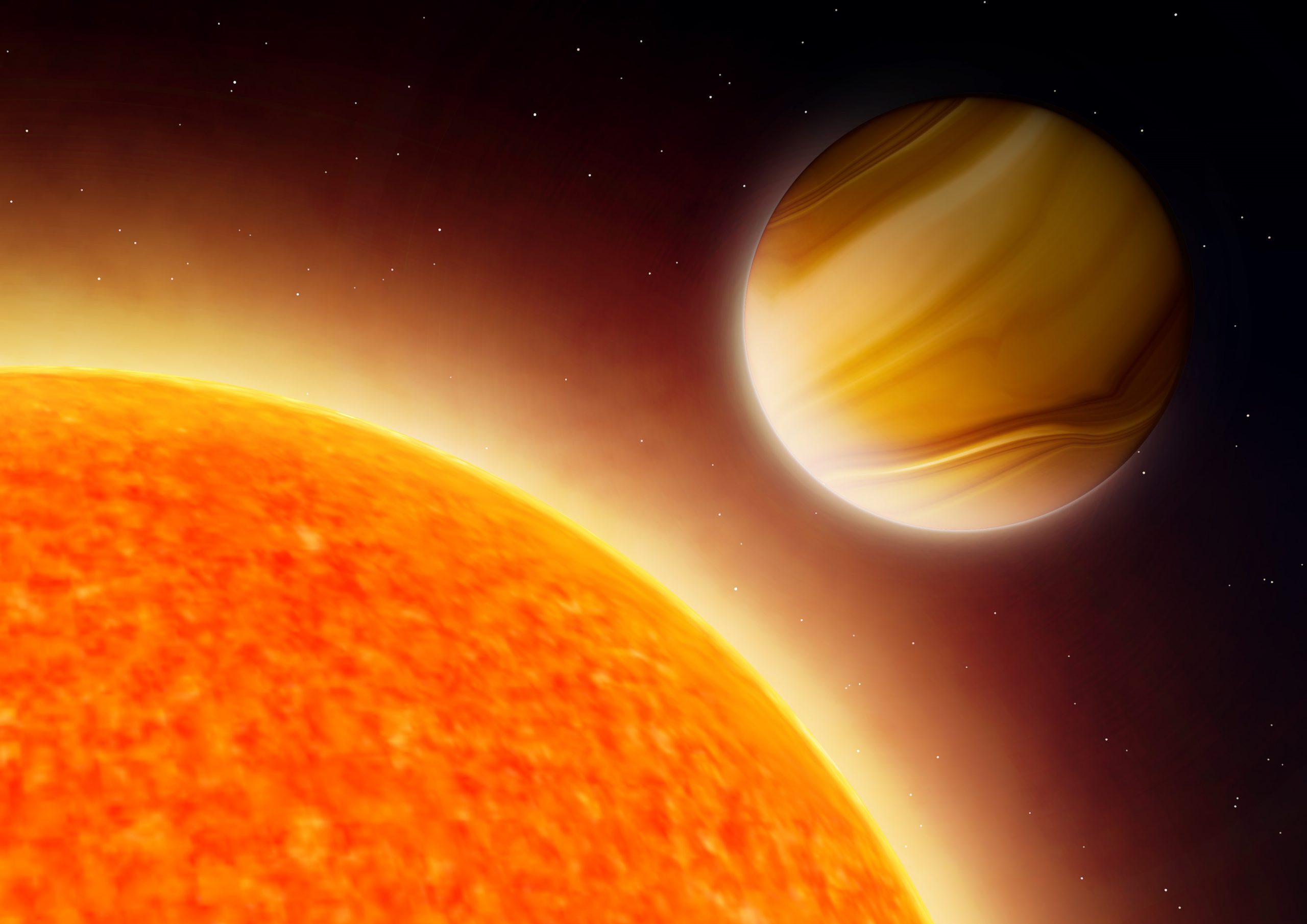
A team of researchers, led by the University of Cambridge, used atmospheric data from 19 extrasolar planets to obtain detailed measurements of their chemical and thermal properties. They found that while water vapor is common in the atmospheres of many exoplanets, the amounts were lower than expected.
The study published in The Astrophysical Journal Letters, researchers used extensive data from space-based and ground-based telescopes as well as a range of available observations to obtain detailed measurements of the chemical and thermal properties of 19 exoplanets.
The exoplanets in the study span a large range in size, from ‘mini-Neptunes’ of nearly 10 Earth masses to ‘super-Jupiters’ of over 600 Earth masses. They are between nearly 20°C to over 2000°C in temperature. Similar to the giant planets in our solar system, their atmospheres are rich in hydrogen, but they orbit different types of stars.
“We are seeing the first signs of chemical patterns in extra-terrestrial worlds, and we’re seeing just how diverse they can be in terms of their chemical compositions.”
– Project leader Dr. Nikku Madhusudhan from the Institute of Astronomy at Cambridge said.
The team reported the abundance of water vapor in 14 of the 19 planets, and the abundance of sodium and potassium in six planets each.
The results suggest patterns in exoplanets’ chemical composition, showing how diverse they can be. In addition, the results also provide clues as to how they were formed.
The researchers used extensive spectroscopic data from space-based and ground-based telescopes, including the Hubble Space Telescope, the Spitzer Space Telescope, the Very Large Telescope in Chile and the Gran Telescopio Canarias in Spain. The range of available observations, along with detailed computational models, statistical methods, and atomic properties of sodium and potassium, allowed the researchers to obtain estimates of the chemical abundances in the exoplanet atmospheres across the sample.
The new study is the most extensive survey of exoplanets’ atmospheric chemical compositions to date. The technology that enables us to make this kind of measurement of exoplanet atmospheres is rapidly advancing and was impossibly just a few years ago.
“Measuring the abundances of these chemicals in exoplanetary atmospheres is something extraordinary, considering that we have not been able to do the same for giant planets in our solar system yet, including Jupiter, our nearest gas giant neighbor,”
– Lead author Luis Welbanks of the Institute of Astronomy
Reference:
Luis Welbank et al. Mass–Metallicity Trends in Transiting Exoplanets from Atmospheric Abundances of H2O, Na, and K Published 2019 December 11 • © 2019. The American Astronomical Society.

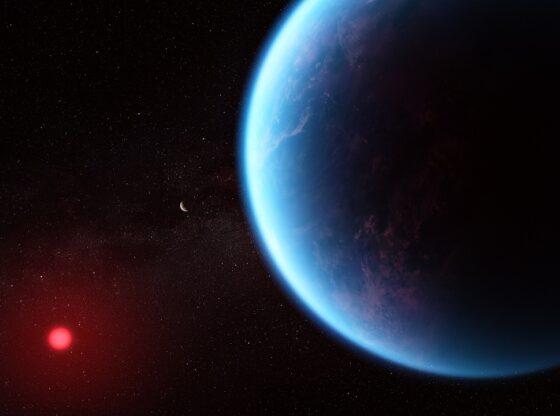
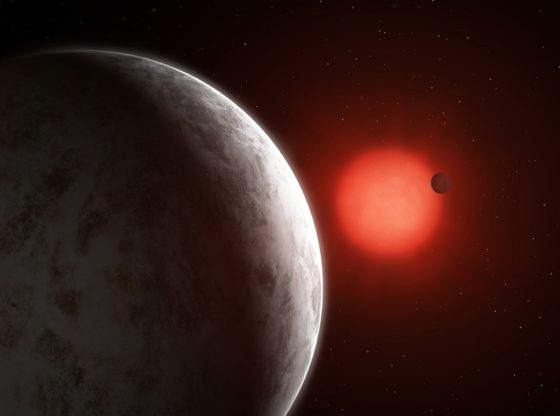
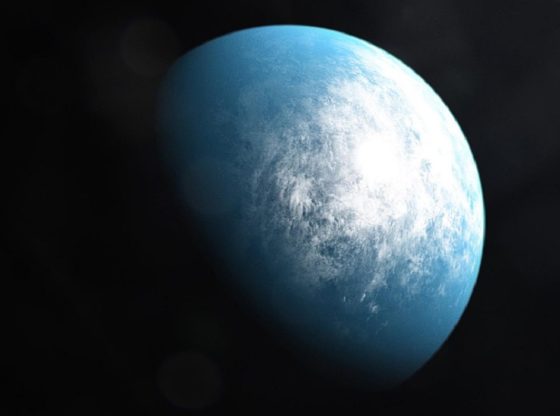
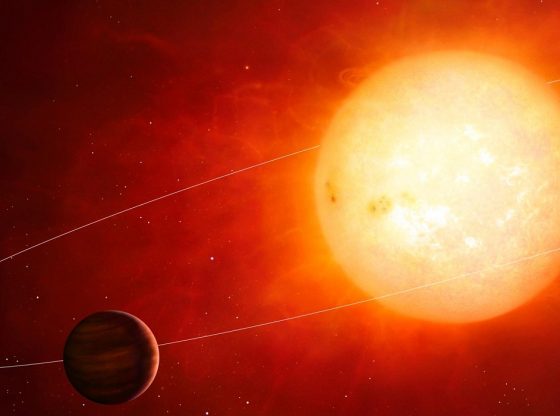
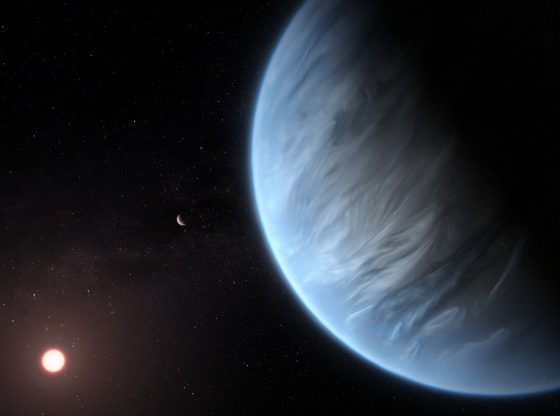
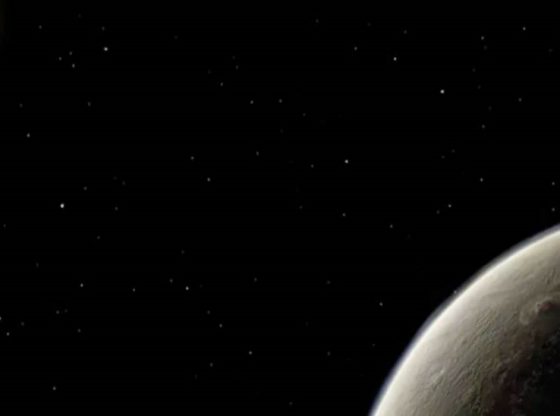
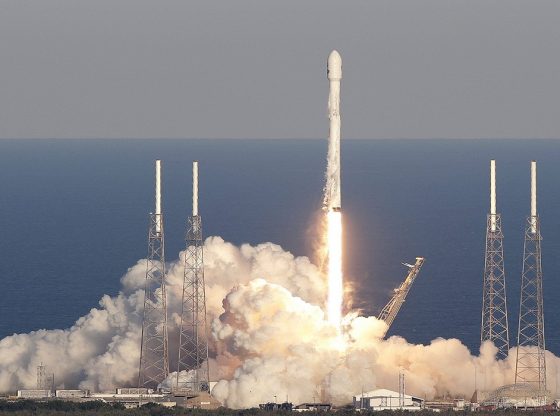
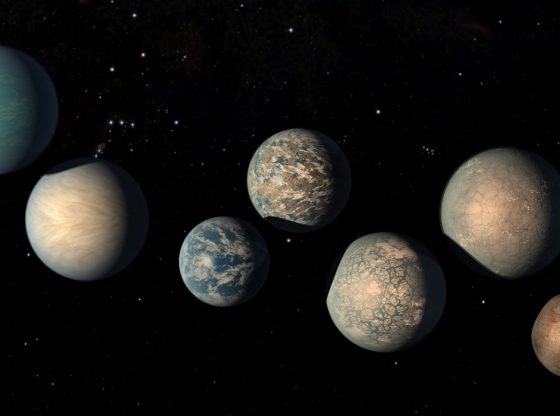
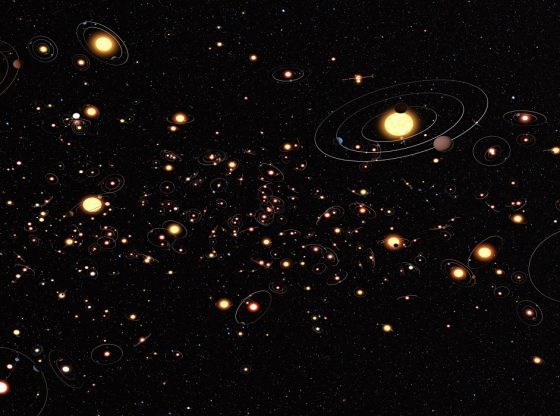
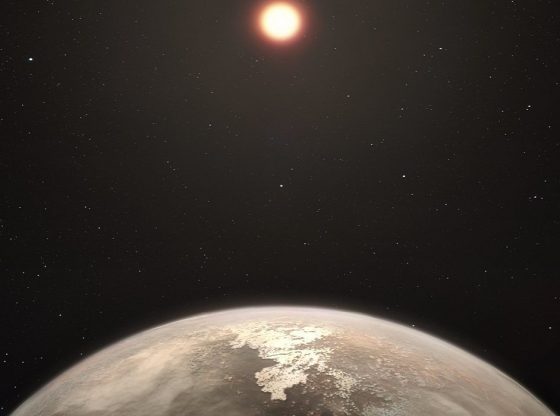
![OpenAI. (2025). ChatGPT [Large language model]. https://chatgpt.com](https://www.illustratedcuriosity.com/files/media/55136/b1b0b614-5b72-486c-901d-ff244549d67a-350x260.webp)
![OpenAI. (2025). ChatGPT [Large language model]. https://chatgpt.com](https://www.illustratedcuriosity.com/files/media/55124/79bc18fa-f616-4951-856f-cc724ad5d497-350x260.webp)
![OpenAI. (2025). ChatGPT [Large language model]. https://chatgpt.com](https://www.illustratedcuriosity.com/files/media/55099/2638a982-b4de-4913-8a1c-1479df352bf3-350x260.webp)








